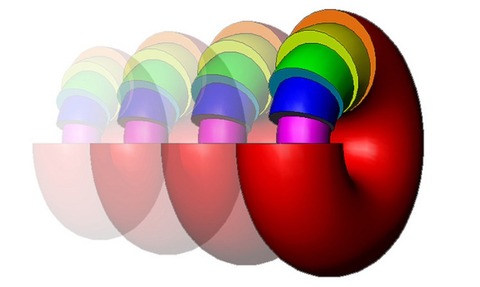Photon control could lead to 'quantum internet'
15 Dec 2014

According to a new study, researchers in Holland have managed to control the emission of photons.
Such control, as demonstrated by the researchers at Eindhoven University of Technology (EUT), could have wider-reaching implications such as the development of quantum computers and the quantum internet.
In order to successfully create the quantum internet, scientists must control the shape of photons which are normally asymmetric.
However, photon emissions only last one nanosecond, so work to control their shape must be conducted in that short space of time, the researchers said.
According the researchers, a photon must be symmetric in time to successfully transmit the necessary information needed to create the quantum internet.
To achieve the required shape, the EUT research team embedded a quantum dot - a piece of semiconductor material that can transmit photons - into a ’photonic crystal’, thereby creating an optical cavity.
From there, the research team applied a short electrical pulse to the cavity, which influences how the quantum dot interacts with it, and how the photon is emitted.
By varying the strength of this pulse, the research team claimed it was able to control the shape of the transmitted photons.
“By controlling the speed at which you send a photon, you can in principle achieve very efficient exchange of photons, which is important for the future quantum internet,” said research leader Andrea Fiore.
A full account of the study has been published in the journal Nature Communications.

